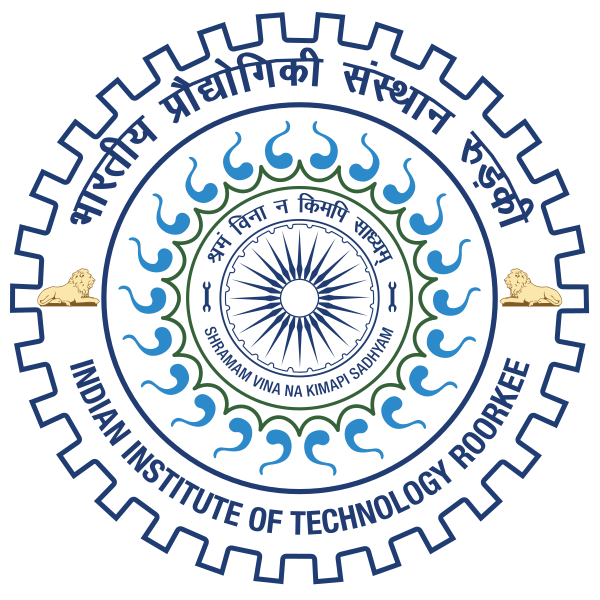Please use this identifier to cite or link to this item:
http://localhost:8081/jspui/handle/123456789/3904Full metadata record
| DC Field | Value | Language |
|---|---|---|
| dc.contributor.author | Ali, Sabir | - |
| dc.date.accessioned | 2014-10-05T06:49:24Z | - |
| dc.date.available | 2014-10-05T06:49:24Z | - |
| dc.date.issued | 2012 | - |
| dc.identifier | M.Tech | en_US |
| dc.identifier.uri | http://hdl.handle.net/123456789/3904 | - |
| dc.guide | Singh, Inderdeep | - |
| dc.guide | Sharma, A. K. | - |
| dc.description.abstract | There is a growing trend towards development of materials and processes which are not only cost-effective but also environmentally sustainable. The government institutions worldwide have focused on proposing rules and regulations regarding the use of bio-degradable materials and processes. The presentscenario has presented scientists and engineers with a challenge to replace non-biodegradable petroleum-based resins and synthetic fibers with fully bio-degradable environmentally friendly natural fibers and bio-polymers. Due to their high specific strength and modulus, natural fiber reinforced polymer composites are receiving widespread attention. In the present research initiative, natural fiber (sisal and grewia optiva fiber) reinforced polypropylene and Ethylene Vinyl Acetate composites have been prepared by two different curing techniques i.e, compression molding (conventional curing) and microwave curing. The fiber content used was 20 percent by weight. Microwave wattage and exposure time were optimized for microwave curing of natural fiber reinforced composites. The developed composites with two different techniques of curing were compared for their mechanical properties. Simulation of microwave curing process has been carried out using COMSOL Multiphysics software tool to correlate the experimental findings. The results of the investigation were promising with tensile and impact strengths of microwave cured composites were found to be 50 to 60 % while the flexural strengths have been found to be 85 to 90 % as compared to conventionally cured composites. Hence the results suggest that microwave energy provides a feasible, environmental friendly, option for curing of partially and fully green composites. | en_US |
| dc.language.iso | en | en_US |
| dc.subject | MECHANICAL & INDUSTRIAL ENGINEERING | en_US |
| dc.subject | MICROWAVE PROCESSING | en_US |
| dc.subject | PARTIALLY GREEN COMPOSITES | en_US |
| dc.subject | FULLY GREEN COMPOSITES | en_US |
| dc.title | MICROWAVE PROCESSING OF PARTIALLY AND FULLY GREEN COMPOSITES | en_US |
| dc.type | M.Tech Dessertation | en_US |
| dc.accession.number | G21913 | en_US |
| Appears in Collections: | MASTERS' THESES (MIED) | |
Files in This Item:
| File | Description | Size | Format | |
|---|---|---|---|---|
| MIEDG21913.pdf | 12.61 MB | Adobe PDF | View/Open |
Items in DSpace are protected by copyright, with all rights reserved, unless otherwise indicated.

